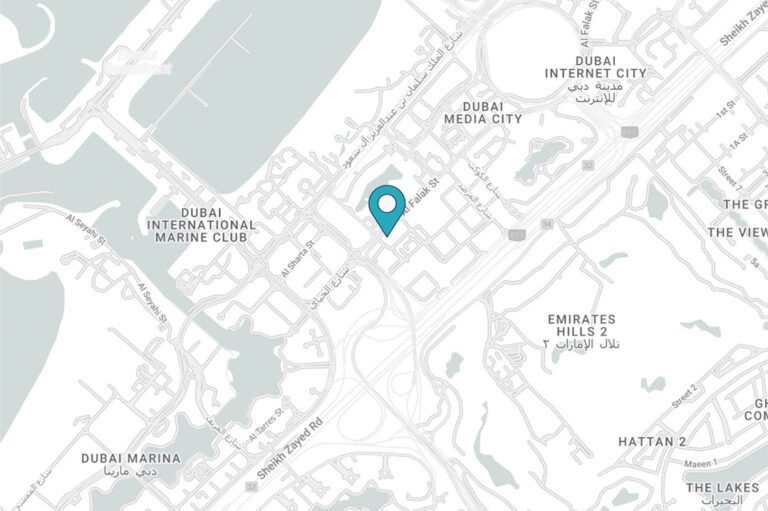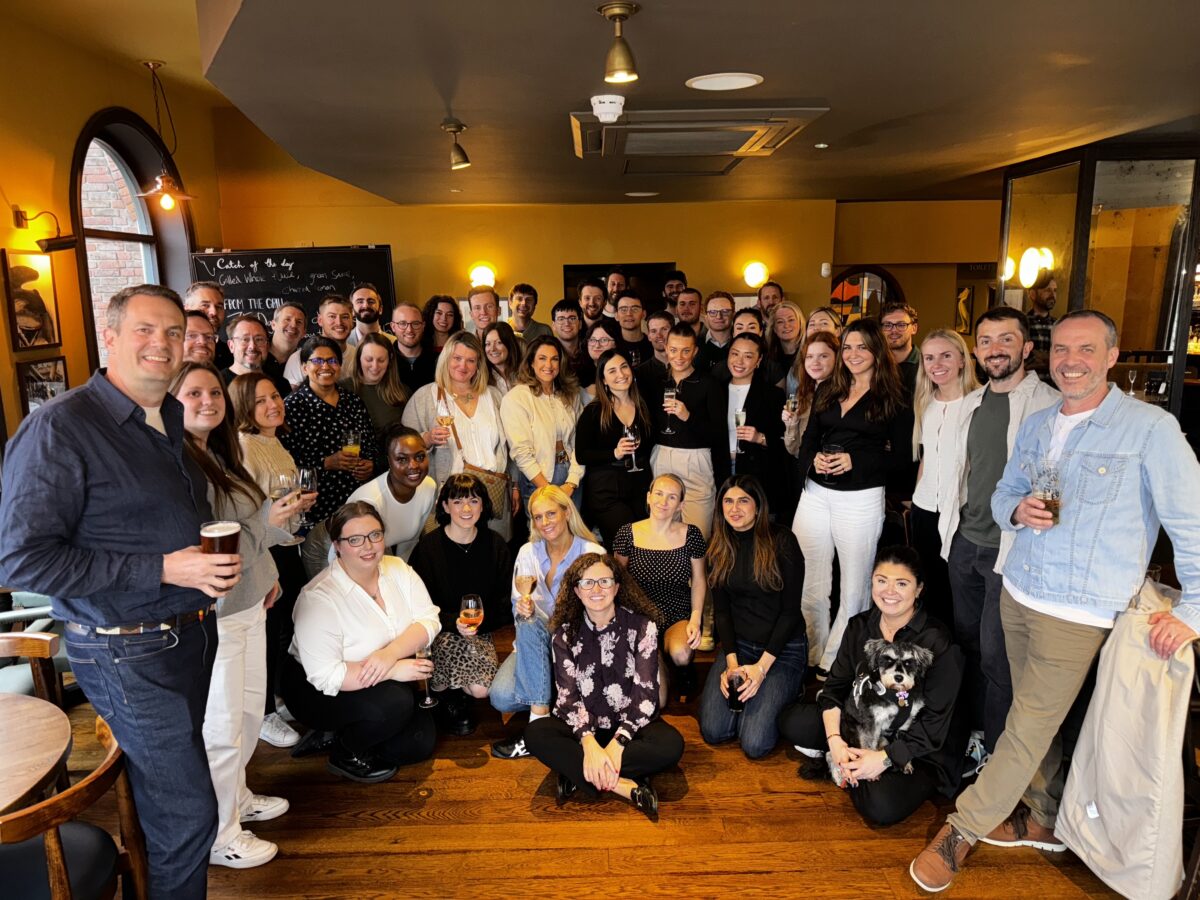As a car lover, sports enthusiast and inner geek, I am absolutely over the moon to be a part of Performance Communications and to announce the launch of our shiny new Technology division.
And what an exciting time to do it. Because emerging technology breakthroughs in fields such as artificial intelligence, the Internet of Things, robotics and autonomy are quite literally redefining the worlds of automotive and sport in front of our eyes.
While new technologies like this may be hugely exciting, their endless acronyms, features and complex functions don’t always make them easy to communicate. So to kick things off, I’ve collated some tips and marketing examples below, all designed to help simplify the complex when it comes to talking tech.
1 – Focus on user benefits
On the whole, people don’t want stories about tech. They instead want to know about how that technology makes their life that little bit easier. Here’s a quote from a very recent PR Week article which hits this particular nail perfectly on the head:
“Consumers are now far less interested in the actual technology behind machines, the incremental changes in models and the emotional pull towards having the latest version. Instead, they are far more concerned with the rational consideration of how different technologies fit together to make their lives run more smoothly.”
Ford is just one of the brands absolutely championing this at the moment. In recent months it has unveiled a sound proof kennel to showcase its advanced active noise-cancelling technology (link here) as well as a lane keeping mattress which borrows technology from, you guessed it, its advanced Lane-Keeping Aid (link here). These are both examples from Ford’s Interventions series, which beautifully bring the brands technical prowess into the real world, showcasing everyday user benefits in a creative way.
Some wider success stories in the world of automotive and sport that follow this school of thought include:
- The DS Automobiles partnership with Barclaycard, to launch the UK’s first contactless payment car key. A nifty way of showcasing how tech and design can blend together to make the lives of customers that little bit easier (link here, spoiler alert, we work for DS Automobiles here but it’s still a great example to share).
- Seismic, the future gazing start up, which has developed a body suit that uses integrated robotics to improve quality of life (link here).
2 – Humanise the story
Unless you’re a robot, relating to people is, on the whole, an awful lot easier than relating to tech. This, coincidentally, is why one of the most effective ways to demystify complex technologies is to humanise it, shifting the narrative straight onto those who use it.
Microsoft’s recent artificial intelligence campaign “Amplifying Human Ingenuity” (link here) jumps to mind here, keeping the narrative firmly away from all of the associated complexities of AI (of which there are many) and instead focussing on the ways in which AI is improving the lives of every day people.
In the world of automotive and sport, similar tactics are being used to good effect, for example:
- Jaguar Land Rover’s “Virtual Eyes” campaign which neatly illustrates how trust changes if autonomous cars could communicate through human like ‘eye’ contact (link here– spoiler alert again, JLR are a client of ours, but it is very fitting).
- Fitbit’s #MyReasonIs campaign which very nicely turns followers into brand ambassadors, encouraging each and every one of them to share a real world story about they have changed their lives thanks to Fitbit (link here).
- Nike’s ridiculously cool LED running track which places competitive runners at its heart, and then encourages them to race against themselves (linkhere).
3 – Go big on visuals
They weren’t lying when they said a picture says a thousand words. Visuals are processed 60,000 X faster in the brain than text, and make up 90% of the information transmitted to our brains.[1]It’s precisely why visual marketing remains such a strong focus for all marketeers in 2019.
When it comes to simplifying technology through visuals, there really is nobody better than Apple. Take its recent liquid retina display campaign earlier this year (on the surface, a fiddly bit of tech to promote). Rather than diving into the detail, it instead released hundreds of colourful, jump-suit clad, parkour runners onto the streets, letting them do what they do best. An ingenious way to highlight the importance of colour without talking product. And it worked a charm with the YouTube vid (link here) driving 18,257,863 views and counting.
Some recent campaigns in the world of automotive that are defined by strong visuals include:
- The new Peugeot 508 beautifully gliding across a giant piano to show off its next generation i-Cockpit (link here).
- Tesla’s superb invitation that reveals a hidden message when you play with the lighting (link here).
- GoPro’s Instagram page, which really needs no introduction other than to say its an absolute beauty to look through (link here).
Naturally there is no blueprint to follow when it comes to technology marketing and each communications challenge has a different answer. But if you’re ever in doubt remember that more often than not, success can be found by going back to basics, simplifying the complex with brutal simplicity.

















